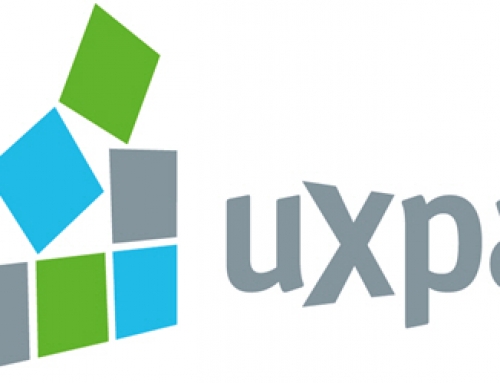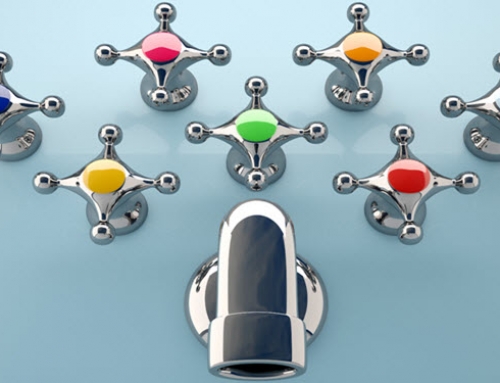I have now entered my third year as the president of the Usability Professionals’ Association DC chapter (UPA-DC). I joined the board (as UPA-DC Secretary) in 2009 and in 2010 became chapter president, a role that I have held ever since. At the beginning of my first term as president, we would get 35 to 50 people, for the most part, at monthly events. Now, 50 is the general minimum we expect to see, and closer to 100 people at events occurs frequently.
When we did a survey of members early on, we found some evidence in the freeform responses that some people who were infrequent attendees at events found those more regular attendees to be “cliquish.” Although it may have appeared cliquish to those who were not frequently attending, I do not believe that this was really the case. Rather, those who were frequent attendees talked with other frequent attendees because they were comfortable doing so. They were not trying to exclude the new or infrequent attendees, but it often takes a leap of confidence to talk with someone new, and this leap can be hindered by at least some base shyness.
We on the board have adopted a philosophy of integrated networking. What is integrated networking? For UPA-DC, it’s an approach where every event, no matter whether explicitly a networking event or not, has ways to meet with and network with others, both in the real world and virtually.
Dedicated Networking Events
We certainly do have dedicated networking events. One of my favorite is our speed networking event. Speed networking is essentially like speed dating. Everyone sits in circles of some form or other and each person has a finite period of time to talk with someone else. Each person needs to get across the key points about what could make them a good business contact, known as an elevator pitch.
I once went to a business speed networking event a few years back, but didn’t find it satisfying. Although I met interesting people and learned interesting things, there were no defining criteria determining who would come. So I chatted with real estate agents, sales people, etc., even though my target market really was those people who at least on some level were involved with something web-related.
I conceived of the first UPA-DC speed networking event in 2010, and the UPA-DC board spearheaded the first “User Experience/Web Professional Networking Event.” We pulled in some other related organizations too: the Interaction Design Association (IxDA) DC chapter and the Web Mavens Meetup. By the next time we did the event, in July 2011, we added DC Web Women to our list of coordinating organizations. At our next speed networking event to take place on March 21, we have now added the Content Strategy Meetup as well.
In previous events, we have gotten nearly 100 people attending. We have held all of the events at R.F.D., a bar with a very large back room, and have provided drink tickets and appetizers. We have started with a short elevator pitch workshop, followed by unstructured networking – letting people do whatever networking they can on their own. Then we had an hour of speed networking, which provided the opportunity to meet with at least 30 or so other people. After that, we had an hour of additional time for further conversations with those people already met or those they didn’t get the chance to meet. After the speed networking (and perhaps with the help of the drink tickets!) people seemed less hesitant to talk with others.
Integrated Networking
Although the speed networking events were fun for the attendees, UPA-DC isn’t just about networking. Rather, we try to have interesting and informative speakers and workshops too to give attendees the chance to learn about all aspects of usability and user experience. It is here that the integrated aspects of networking really come in.
Our general philosophy is that when people know people and are comfortable with those around them, they are more apt to come to events. In order to let people see the backgrounds of others at the events, upon registration for all our events, we ask people to optionally include their LinkedIn, Blog, website, Twitter, and Facebook information.
At a recent morning workshop, we followed the workshop with a “networking lunch.” We often have appetizers or snacks starting 30 minutes before the speaker, and sometimes we follow events with food and drinks either at the venue (if the venue provides) or at a restaurant/bar nearby.
Does it work?
It does appear to work. People do seem to enjoy not only the speakers and workshops but the opportunities that we provide for social interaction. And they not only come back, but they bring colleagues as well, helping us to become one of the most active chapters in the United States.







